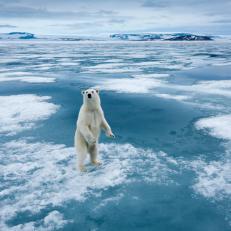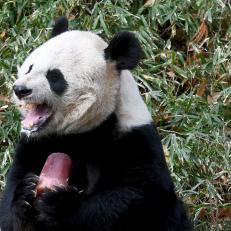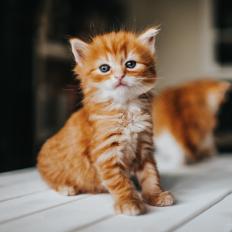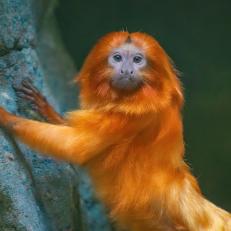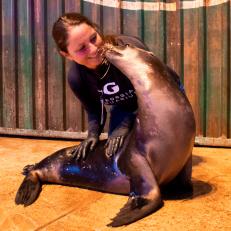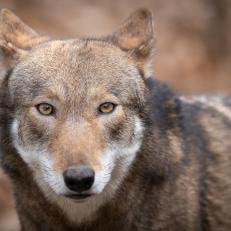A Rare Glimpse of Disappearing Snowy Owls
On the northernmost spit of land in the United States sits the tiny town of Utqiaġvik, Alaska. The surrounding inland expanse of tundra reaching back towards the roots of the Brooks Range is home to one of the historically most robust and well-documented populations of nesting Snowy Owls in the world. The Owl Research Institute seeks to answer how climate change has affected Snowy Owls, their ecosystems, and to help their populations thrive once again.
Photos by Discovery Explorers Club Grantee: Max Lowe
May 22, 2023

By:
Max Lowe
From:
The Explorers Club
Shop This Look
Denver Holt, founder of the Owl Research Institute has been here on the ground documenting the owls as they pair off, nest, and fledge chicks every summer since 1992, now 31 years.










